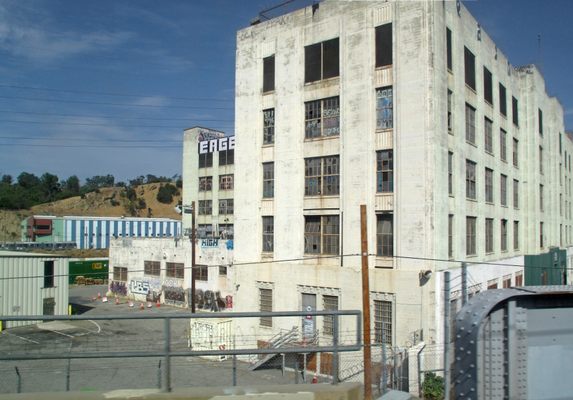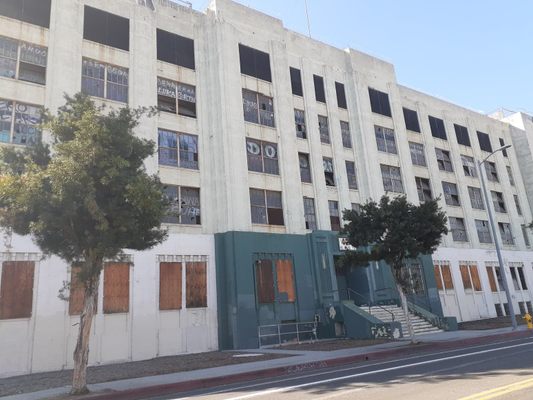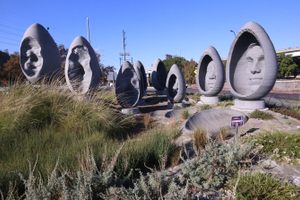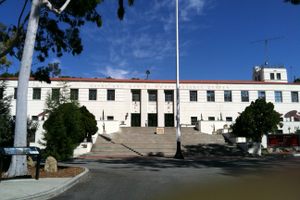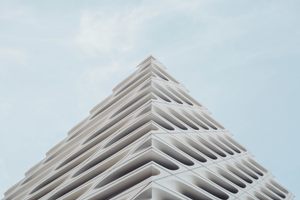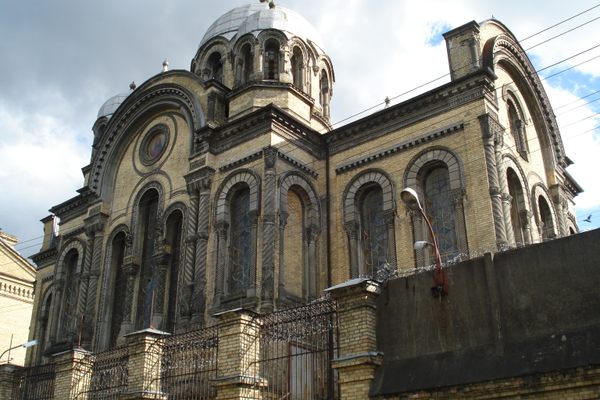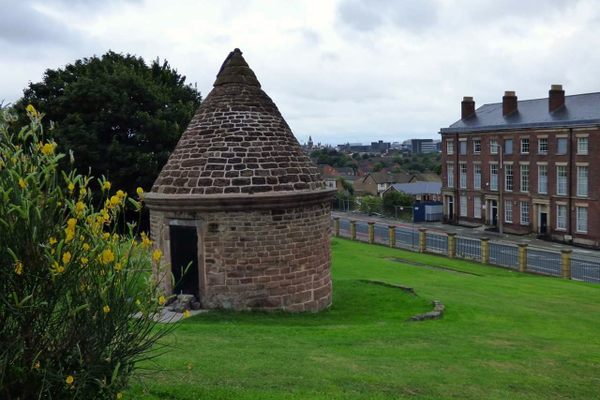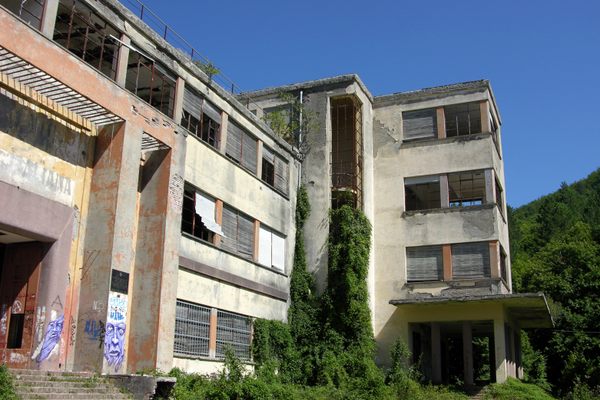About
Lincoln Heights Jail sits nestled in between prominent Los Angeles features such as the L.A. River, the I-110, and the I-5. Graffiti covers its walls and many windows are now busted out, but passersby can still note the distinctive Art Deco and Bauhaus modern architecture.
The jail opened in 1931 and was designed to house a maximum of 625 prisoners. By the 1950s, it held up to 2,800. Its occupants included Al Capone and many arrested during the Zoot Suit Riots and, later, the Watts Riots, thus housing many radicals over the years. In 1951, seven incarcerated people were brutally beaten in the jail, an event that came to be known as Bloody Christmas.
During a period in the 1950s and 1960s when L.A. City and its police chief William Parker began cracking down on homosexual and LGBTQ activity, the jail became associated with another demographic. Though anti-sodomy laws had been in effect in California since 1850 and oral sex became illegal in 1915, this time period saw a rise in arrests of queer individuals. Undercover police officers would visit bars and parks that were popular within the queer community and arrest people for soliciting non-heterosexual sex and prostitution. A separate wing was created at Lincoln Heights Jail solely for queer prisoners. (This wing was given the derogatory nickname of “The Fruit Tank.”)
The jail was decommissioned in 1965. Los Angeles City Council and L.A. County Board of Supervisors felt it would be too expensive to expand or maintain. The facility was shut down and the people incarcerated there were moved to other county jails. The building sat empty for a long time. There were a plethora of renovation ideas that included repurposing the building as a technical trade high school or an urban rooftop garden. But they came and went without any success until 1979, when the Bilingual Foundation for the Arts relocated there. But in 2014, the building was once more abandoned.
In 2017, the city of Los Angeles opened a Request for Interest, inviting proposals for repurposing and revitalizing the former jail and its surrounding area. The Lincoln Property Company and Fifteen Group were selected to redevelop the complex into a Lincoln Heights Makers District complete with commercial and manufacturing spaces, a public market, an amphitheater, and recreation areas. All was going according to plan until March 2020, when the company ran into environmental issues while cleaning up the complex. Removing hazardous materials, trash, and other decaying pieces of the building and also updating the building to meet current environmental codes was a lot more effort than planned, and redevelopment was placed on hold.
The building still sits empty. Its only visitors are security guards and the occasional film crews. It can be seen in scenes of films including L.A. Confidential, Nightmare on Elm Street, American History X, and Iron Man 2.
Related Tags
Know Before You Go
The jail is not open to the public, is surrounded by a chainlink fence, and is patrolled by private security guards. However it sits right on Avenue 19 for anyone to walk or drive by. A taco truck frequently parks less than a block away on the same street just south of the jail.
Community Contributors
Added By
Published
May 13, 2021
Sources
- LA Conservancy: https://www.laconservancy.org/locations/lincoln-heights-jail
- Wikipedia: https://en.wikipedia.org/wiki/Lincoln_Heights_Jail
- A People's Guide to Los Angeles by Laura Pulido, Laura R. Barraclough, and Wendy Cheng
- LA City Chief Legislative Analyst Records: http://clkrep.lacity.org/onlinedocs/2016/16-0968_rpt_CLA_02-04-2020.pdf
